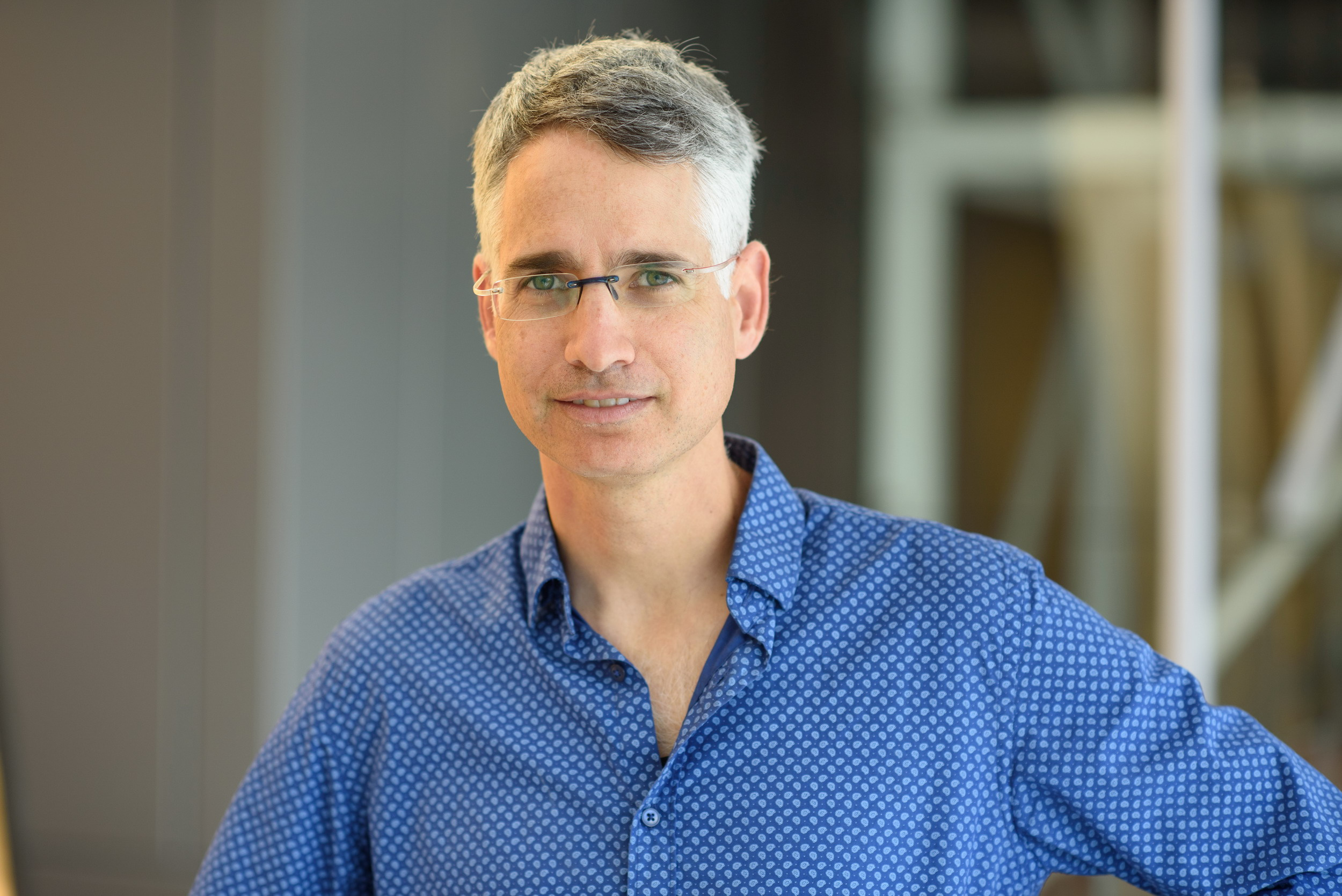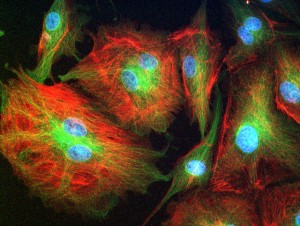
How did the idea for BioNumbers come about?
I was a fellow at Harvard medical school and was trying to do some back of the envelope calculation with my bay mates Mike Springer and Paul Jorgensen and we found none of the books and internet resources could give us what we needed so we decided to start a database ourselves.
How has the project grown and developed? Do you have any goals for the future?
It took shape rapidly in the first year and has been expanding ever since. The book that came out recently with Rob Phillips helps distill key insights from the available numbers and is available freely online. In the coming year I plan to revamp the interface to make it easier to use with mobile devices, make it more intuitive etc.
In your book Cell Biology by the Numbers you accompany tables of numbers with vignettes about the topics covered – do you have a favourite you’d like to share?
I love the one where we talk about how many H+ ions are in a cell – only about 100 in a bacterial cell! I also like the one about the turnover rate of different tissues in the body and how that was inferred with the help of signals from nuclear tests.
Do you have any advice for physicists who are interested in working on biology problems?
Don’t be worried about all the jargon, it is a field where you can easily penetrate things by reading textbooks that are almost page-turners and consulting wikipedia when needed. There are low hanging fruits ready to be picked, but you have to be willing to solve the problems by making your own makeshift biological model and not always turning things into the beloved Ising model.





Please sign in or register for FREE
If you are a registered user on Research Communities by Springer Nature, please sign in